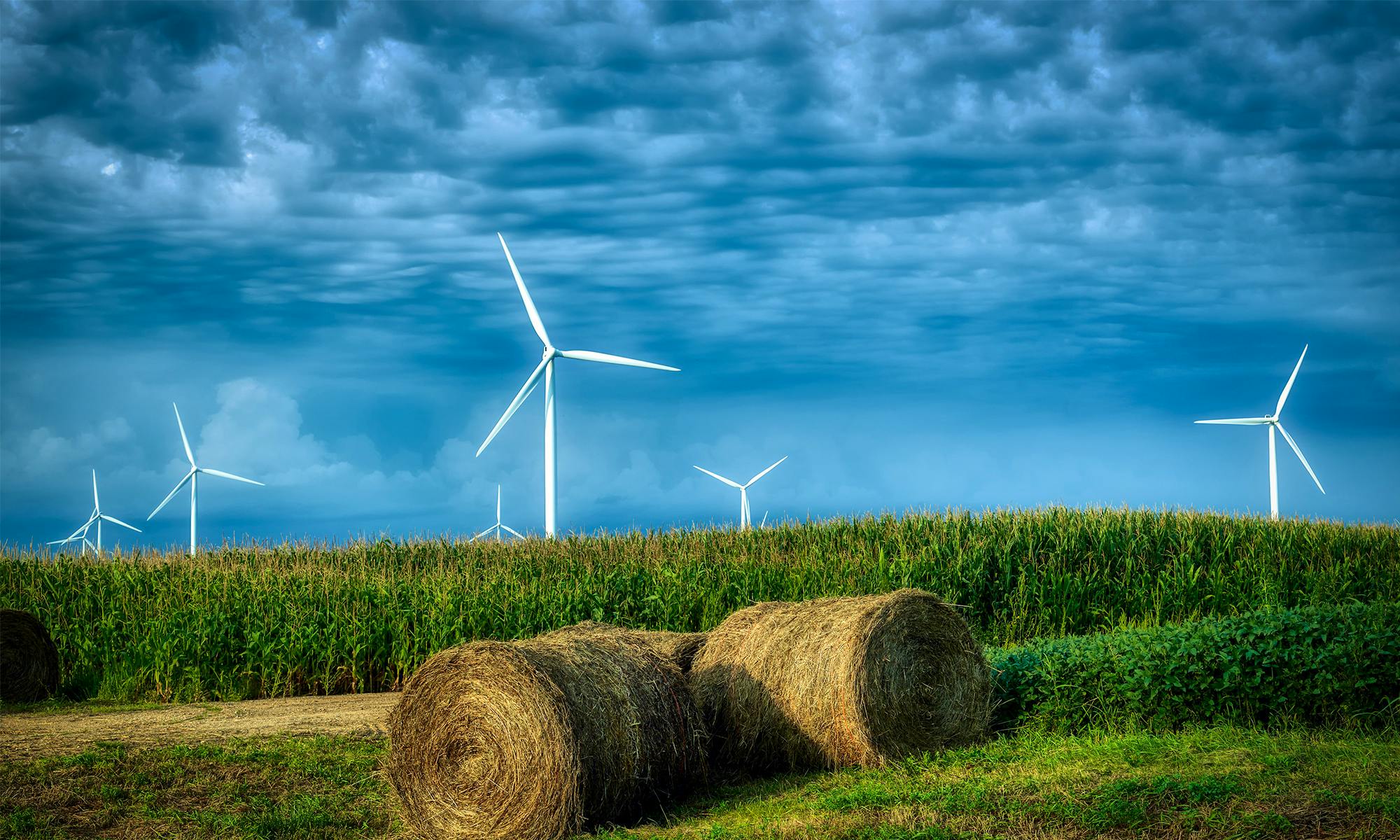Renewable energy is an urgently needed and economically viable solution to fight climate change. As the United States and other countries worldwide turn to renewable sources to reduce emissions and move away from fossil fuels, policymakers must consider the impact of renewable energy development on wildlife. The two can coexist – and they must- but it takes prior planning and an understanding of the needs of wildlife that depend on the places renewable energy developers are focused on.
Since January, when President Biden took office, renewable energy planning and deployment has been gaining momentum. The administration is working to achieve its ambitious goals of reducing U.S. greenhouse gas emissions by 50-52% below 2005 levels by 2030 and obtaining carbon pollution-free electricity generation by 2035 with economy-wide net-zero emissions by 2050. Offshore wind energy, for example, now has a whole-of-government approach. The administration aims to generate 30 gigawatts by 2030, mitigating 78 million metric tons of carbon emissions and creating nearly 80,000 new offshore wind jobs and 57,000 new jobs in communities supported by offshore wind activities. In May, the Bureau of Ocean Energy Management approved the first commercial offshore wind energy project in the U.S. off the Massachusetts coast. Several projects are now being planned or are underway on the Atlantic and Pacific coasts as well as in the Gulf of Mexico.
While this progress is exciting and necessary, the hard work is just beginning. Renewable energy projects must be developed rapidly in a responsible way. For years, Defenders has urged the federal government to adopt responsible development principles in planning, designing and managing renewable energy projects on land and at sea that avoid, minimize and mitigate adverse impacts to wildlife at risk of extinction and their habitats. This includes a wide variety of animals, including North Atlantic right whales, desert tortoises, migratory bats, bighorn sheep and golden eagles.
We know that directing renewable projects to least-conflict areas is a responsible, practical and proactive approach to renewable energy development. It is better for wildlife, energy developers, utilities and the broader economy because it offers a more efficient way to get environmentally-friendly renewable energy online and greater certainty for all involved. With responsible planning and being “smart from the start”, developers can identify better locations for building renewable energy facilities – on land and at sea – and minimize the negative impacts to both people and wildlife.
Alternatively, if renewable energy projects are sited in areas with potential for wildlife conflict, it can significantly slow down their deployment process. At a time when the transition to renewable energy could mean the difference between mitigating the impacts of climate change, slowing the the unprecedented loss of biodiversity loss, or lessening the threats of ecosystem collapse, we cannot afford for the renewable transition to be delayed by poorly sited and inadequately planned projects when appropriate, low conflict alternatives exist.
Utility-scale renewable energy projects often have an enormous physical footprint covering many square miles and, if located in sensitive habitats, can result in significant habitat loss and fragmentation. This can make it difficult for wildlife to find food, water, shelter, mates and protection from predators. Fragmented habitats can also lead to smaller, isolated wildlife populations, making their long-term survival more difficult. Less habitat also leads to increased wildlife and human conflicts.
Also, while U.S. efforts to address climate change must include transitioning to renewable energy quickly, the rush must not be at the expense of people who are underrepresented. We can do this by ensuring that a wide variety of affected stakeholders – including indigenous peoples – can participate early in the planning and decision-making process to ensure their voices are included and they share in the benefits of renewable energy projects.
As a nation, we are now firmly on the path to a clean energy future in the U.S. In our efforts to rapidly shift to clean energy and reduce greenhouse gas pollution, we can, and must, do this in a wildlife- and community- friendly way. We can encourage the development of solar, wind and geothermal energy for all the benefits they provide, and still reduce harm for people,wildlife and the places they call home.
As we welcome our new Vice President of Landscape Conservation Monica Goldberg this month, Defenders is looking to the future. Under Monica’s leadership, we will continue to advocate for a clean energy economy. Monica has extensive experience solving conflicts and advancing constructive conservation solutions and is a great addition to our renewable energy team.
Moving forward, Defenders will ramp up our work with federal, state, tribal and local governments and stakeholders to ensure that large-scale renewable energy development is responsibly sited and operated so that wildlife, natural resources and communities are protected and can coexist into the long term future.









